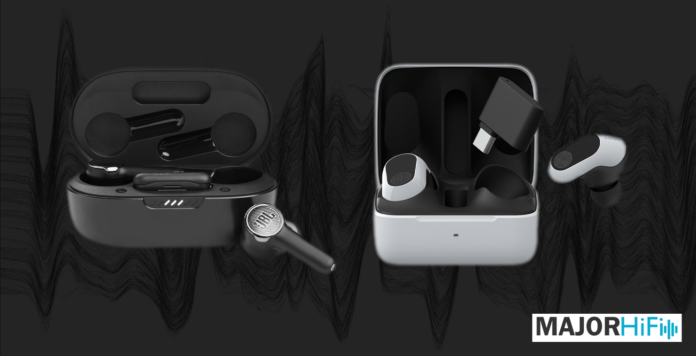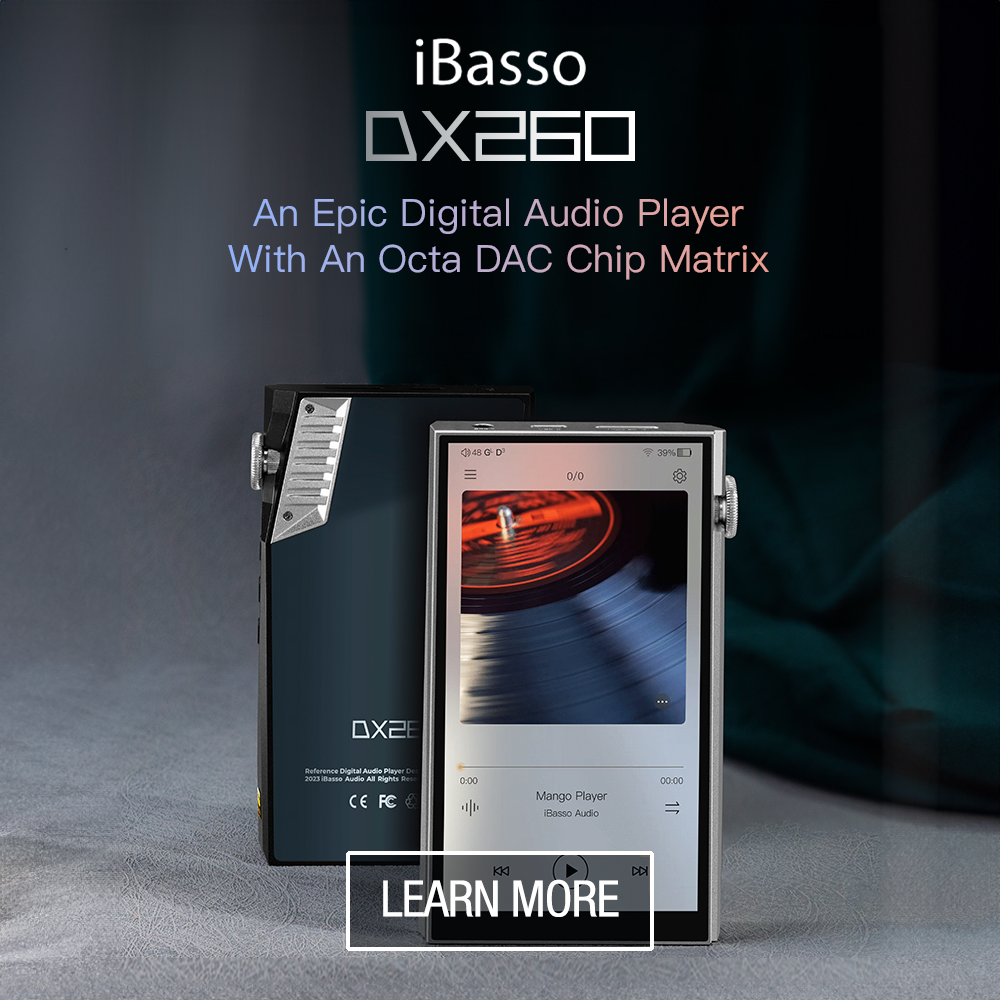JBL recently released a pair of true wireless earbuds for gaming called the Quantum Air. They are part of their gaming line, with the closest comparison being Sony’s INZONE product series. The INZONE Buds are more expensive than the Quantum Air, but does that make them better? How do their spatial audio features compare to each other, and what is the better option for gaming and music listening?
What You Get
| INZONE Buds | Quantum Air |
|
|
Look & Feel
The Quantum Air and INZONE Buds are wireless earbuds that have a simple style and fit. With the INZONE Buds, the design is bigger and is closer to sports earbuds while the Air is a more traditional shell. The white INZONE Buds are the most aesthetically pleasing of the two, and they fit with the design of the PS5 too. In terms of comfort though, you shouldn’t have an issue with either.
Design & Functionality
The INZONE Buds have an 8.4mm dynamic driver, while the Quantum Air has a 6mm driver. Both of these earbuds have similar features like noise canceling and spatial audio, but only the Quantum Air uses multipoint Bluetooth. The INZONE Buds only offer wireless connection through its USB-C dongle. Noise-canceling and general voice quality are going to be better with the INZONE Buds though, so they’re better for chatting with your friends. You can get more out of both earbuds by downloading their respective apps, which offer personalization features like EQ. Sony’s is the INZONE Hub, and JBL’s is the QuantumEngine app.
Battery Life
For these earbuds, the battery life is pretty night and day. The INZONE comes out on top, offering 12 hours of playtime on a single charge. It will last you throughout long gaming sessions, while the Quantum Air can only support a total of 24 hours in its charging case.
Soundstage
Your impressions of the soundstage are mostly going to come down to how these earbuds respond to spatial audio. Both the Quantum Air and INZONE Buds feature 3D Audio that helps enhance the immersion of games and music. These earbuds are still effective in standard stereo though, and in the case of the Quantum Air, it might even be better. Both the INZONE and Quantum Air are surprisingly wide and contain a good balance between the left and right channels. However, only the INZONE Buds feel like they’re being enhanced by spatial audio compared to the Air.
Sony’s 360 Reality Audio is way more effective at reproducing immersive environments with its object-based imaging. JBL’s spatial audio is not as advanced and comes off as a weird reverb effect. The INZONE’s 3D function isn’t perfect either, but I would still prefer it to listen in standard stereo with most games. With the Quantum Air, it’s the other way around.
Low End
Both Sony and JBL are known for having prominent bass in their sound signatures. These earbuds have plenty of similarities with each other and should offer you a satisfying, thumpy bass. Of course, the bass will be a factor in many different gaming earbuds, especially with Sony and JBL products. What separates them is how these thick tones are presented. The INZONE has a very prominent warmth that is pushed forward, while the Quantum Air feels like it has more layers to it that separate the sub-bass from the mid-bass. I prefer JBL’s bass here, as the frequency response just appears more organized and clear compared to the INZONE Buds. It has more rumble and has a smoother timbre than the INZONE’s foggier tone.
Mids
The midrange is not a major focus on the INZONE Buds or the Quantum Air, but neither makes it too distracting. In comparison, the INZONE Buds feel a bit messier than the Quantum Air, but they both ultimately come together in important ranges where most dialogue is. The Quantum Air adds a bit more crispness in the upper mids, which heightens certain sounds over the INZONE Buds. Using EQ can even clean up some of these frequencies, but you still won’t get much expression out of most sound elements in the mids.
Highs
If you like a bit of brightness to your sound profile, then both the INZONE Buds and Quantum Air don’t disappoint. There’s still a more persistent crispness to the Air though, and the INZONE Buds in comparison feature a slightly more aggressive ring. You should not feel any fatigue from either set of earbuds though, and should both help fulfill different sounds with defined details.
Summary
The Sony INZONE Buds and JBL Quantum Air have very specific advantages and disadvantages. There are many areas of the Air’s sound profile that I prefer, but the spatial audio is notably weaker than the INZONE’s. The battery life, noise-canceling, and voice chat are all better on the INZONE Buds, but they also don’t use Bluetooth. It might come down to price, and having a simple pair of $99 earbuds that have a fun, quality sound for gaming is all you might need. However, that Sony noise-canceling, voice clarity, and 3D sound might be enough to get you to pay a bit more.
The Sony INZONE Buds and JBL Quantum TWS Air are available at Audio46.
Compare the ranking of various headphones, earbuds and in-ear monitors using our tools.
Discuss this, and much more, over on our forum.
---MAJORHIFI may receive commissions from retail offers.















